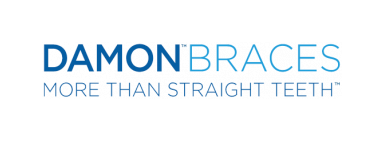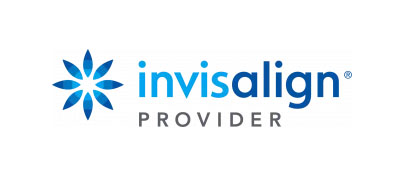The purpose of orthodontic treatment is to straighten the teeth and correct the bite. When the overall health of the teeth is disregarded during treatment, and afterward for that matter, the results of treatment can end up being substantially compromised. The results of substandard oral hygiene include gingivitis (gum inflammation), periodontal disease (inflammation that leads to bone loss) and decalcification (white spots).
Following are a few critical oral hygiene steps we recommend our patients take during orthodontic treatment.
Brushing – How Often
Brushing should be done a minimum of 2 to 3 times a day and if at all possible, after every meal, especially with braces. Food can easily collect around braces so it’s important to remove it on a regular basis before it has a chance to cause problems. Another important thing to remember is that effective brushing takes time, so don’t rush through the process. Make sure to check for areas that may have been missed and brush again if necessary. A great strategy would be to use a timer when you brush. A lot of quality electric toothbrushes have timers built in.
Good Oral Hygiene Away from Home
In a social setting, especially if you have braces, you should take a toothbrush with you and keep it handy. You take it a step further by putting a dental kit together that can be conveniently taken along to work or school (floss, portable toothbrush, small dental mirror, etc.)
Flossing
Using dental floss is particularly important when it comes to oral hygiene because it can remove food from your teeth that mouthwashes and brushing leaves behind. Because it’s a little bit harder to floss with braces, if you’re using traditional floss, aim for once a day. If you’re using a water pik, which we highly recommend, you can use it anywhere from once to multiple times a day.
Rinses
Along with proper brushing and flossing, using rinses during orthodontic treatment can provide added protection against cavities and decalcification. CTX is a dental rinse that comes highly recommended that help reduce pH balance, limit the growth of bacteria that cause decay and promote healthy biofilm development.
Electric vs. Manual Toothbrushes
While traditional manual toothbrushes can do a good job, many oral health care professionals recommend that their patients make the switch to electric options. These toothbrushes help make sure patients get their teeth as clean as possible, lowering the risk of cavities and the chances of developing gingivitis. Patients who use electric toothbrushes appreciate the feel and the fact that it allows water to reach between the brackets, etc., for a more comprehensive cleaning.
Good dental hygiene may take a few extra minutes, especially when you have braces, but the results are totally worth the effort.



